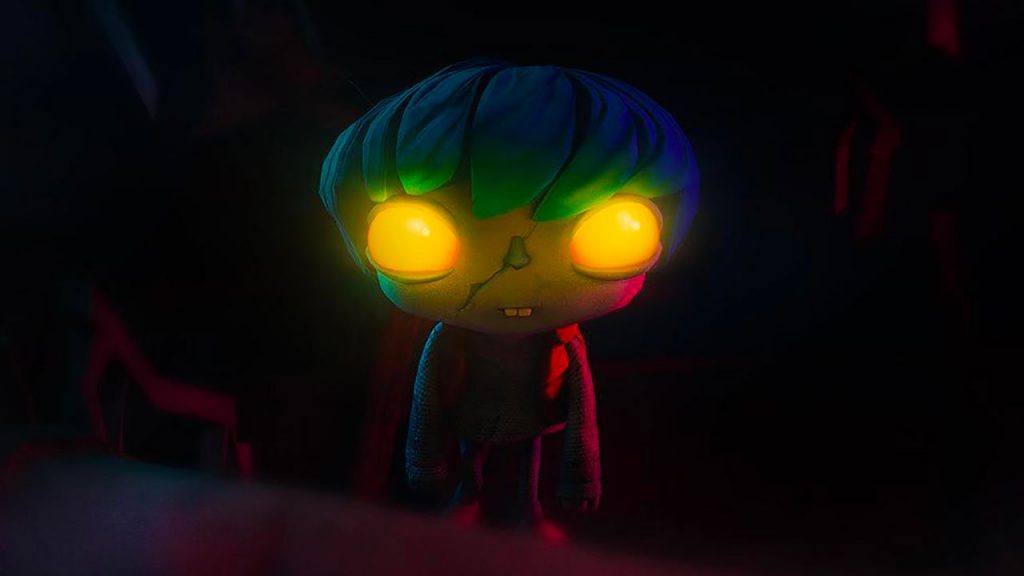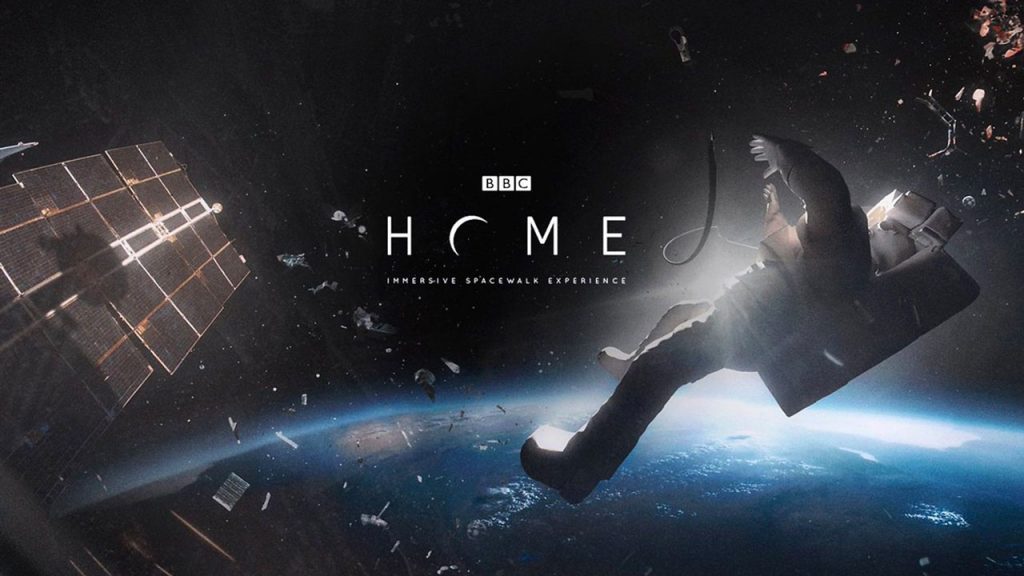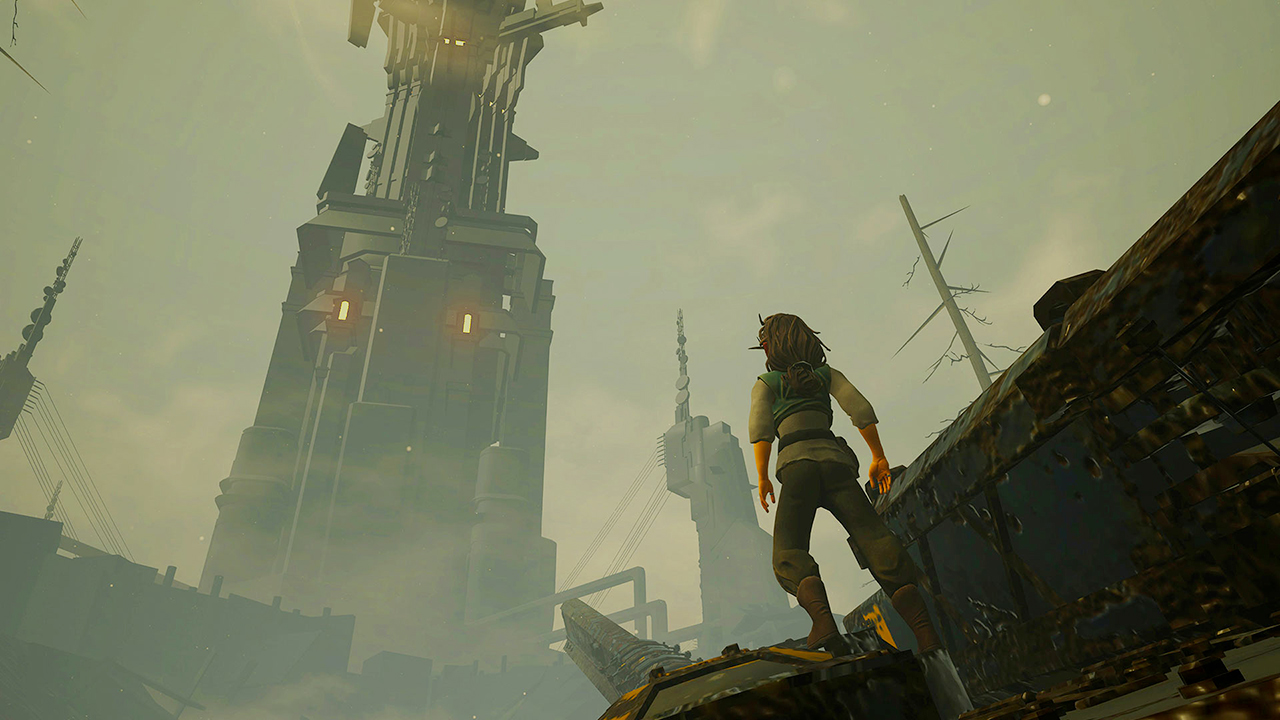Distribution is the central issue for XR creators and producers today. Who to sell their projects to, where, what are the prospects? To clarify this we start the year with a discussion on the subject with Jimmy Cheng, Director of Content at Iconic Engine, leading company in the distribution and license of XR content.
Working with James Cameron (almost)
Jimmy Cheng – Iconic Engine is a spin-off company from Digital Domain, founded by James Cameron in 1993. It was founded in 2018 to focus on platforms development for telecom companies. We work with Deutsche Telekom in Germany, LG Uplus in Korea, PCCW in Hong Kong, Orange in France, others in China, Japan, Thailand…. We support them to develop their content platforms, offering to license and distribute VR content. I’m basically focusing on the acquisition and distribution. Iconic Engine represents about 160 studios in the world (Atlas V, Diversion Lucid Realities…).
J. C. – In 2018 it was the kick off year for telecom companies to get interested in virtual reality contents. We sold around 600 000 US dollars of licensing fees in 2019, one million in 2020. We can see that our ecosystem is definitely growing. And it’s all about the content itself! We sold mostly non interactive experiences (360), which is fine for new users to have a glimpse or kind of understand what virtual reality is. But 6DOF are more powerful and more attractive, and the interest started for that… until the pandemic just stopped everything in Spring 2020. On our side the XR industry actually grew faster than before since then – no matter what, people need content. Due to the lockdown in most countries, everyone is at home looking for new activities. We saw a lot of entertainment hardware going sold out (PS5…) and of course new wireless headsets such as the Oculus Quest 2 which develops the market to new people. I have to say “thanks!” to all the virtual festivals which happened in 2020, because it allowed the creators and developers to showcase their works. At least we still have a way to meet people, to find a project or new concepts. So I think from one site we are growing slower because we cannot travel.

Licensing 3DOF or 6DOF, which one is the best?
J. C. – I can use a comparison like BATTLESCAR and GLOOMY EYES, both projects are originally interactive, you are free to visit and experience their world. But they also have a 360 version, which is cheaper and offers a simple access to first users in VR. And they are very different from the 6DOF version! In distribution we want to offer the best access possible to users, even if that means having 2 or 3 versions of a single project – 360 videos is a big thing for telecom platforms to try new experiences, to study the growth of users and develop their platform. Most of the big companies will have their platform ready this year. The ecosystem is growing up, it’s a really good sign!
J. C. – My advice to producers and creators, in their development roadmap, is always to consider 6DOF for the crazy interactive part of it, but also a lighter 3DOF version ready. Just to give a taste of the real thing! 360 contents were a big deal at the beginning, and will continue to matter for documentaries or travel. But once more people step in to see interactive stuff, it’s mandatory to go there. Online platforms (outside the original ones: Oculus, Viveport, …) will be ready soon to stream 6DOF and offer the real immersive experience to users. They are interested in a good concept that can bring people together, but it’s not that easy to transform a concept, an idea into a viable product. That’s why they hesitated for so long and the XR industry did not grow up fast enough. But now they are ready to licence a completed experience. Based on my understanding right now, there are very few projects that get the funding from telecoms when they’re still preparing for the production. You need a complete project to get the all picture of it.
J. C. – Usually I take a look at the end of a project to say if I’ll distribute it or not. But I’m more and more lucky to be invited to festivals and workshops as a decision maker to meet with producers and creators, and to discover very early stages of future experiences – to test the prototype concept, to try to provide my feedback as a distributor and to understand the targeting users. And it has become a very important thing for me! Also, that is a better way for me to understand what the technology is. What if there is something new or what these creators are thinking about?

Is there a map of XR distribution?
J. C. – Oculus is the only platform taking worldwide rights for now. All telecom platforms are all geoblock because of their users. Now consumers are just in their territory, and it’s the same situation for every country – not like a Netflix thing. Of course some telecom operate in many countries, but you have to think about main countries and satellite countries. They will take their right for multiple countries just for the safety of it, and will block the content in a certain area. No one is really taking global rights – just Oculus. Non-exclusive or exclusive is just a side question.
J. C. – In Asia we have really strong countries with Taiwan, Japan, Korea, and some studios in China. I think these are the four major territories in Asia that are really producing good projects. Of course we have the US and Canada – especially with public funding and the National Film Board. A lot of creators come from Hollywood, from the traditional cinema productions. They just want to create something different. And a lot comes from Europe. I have many clients in the UK, Germany, France, Belgium, in Amsterdam. You have to understand where there is real help from governments with public funding. This is really important, especially in a time where the economy is not really well. That’s short of a resume. Then you have to understand the importance of co-production, which allows you to create a bridge between more than one country, to collaborate with other studios or producers or creators from other territories.

J. C. – Gaming is not important to us. The reason is because gaming is doing a lot better compared to traditional art. I think for our creative immersive industry the next step is 5G as the network bandwidth is a real issue now. And multiplayer experience is something important in the future as well, as it’s a way for people to enjoy something together – social VR expansion is amazing, collaboration in multiverse is just getting started – as we already know that in the gaming industry. You can’t say you’re alone under the headset anymore! Social VR, social environment in virtual universes are new spaces to conquer. This is another criteria to say the XR market is alive and well when we talk about content creation. I’m pretty sure all the creators and studios will find new ways to fund and produce their upcoming projects. As for distribution we’re still exploring news paths for a sustainable distribution process.



Leave a Reply
You must be logged in to post a comment.